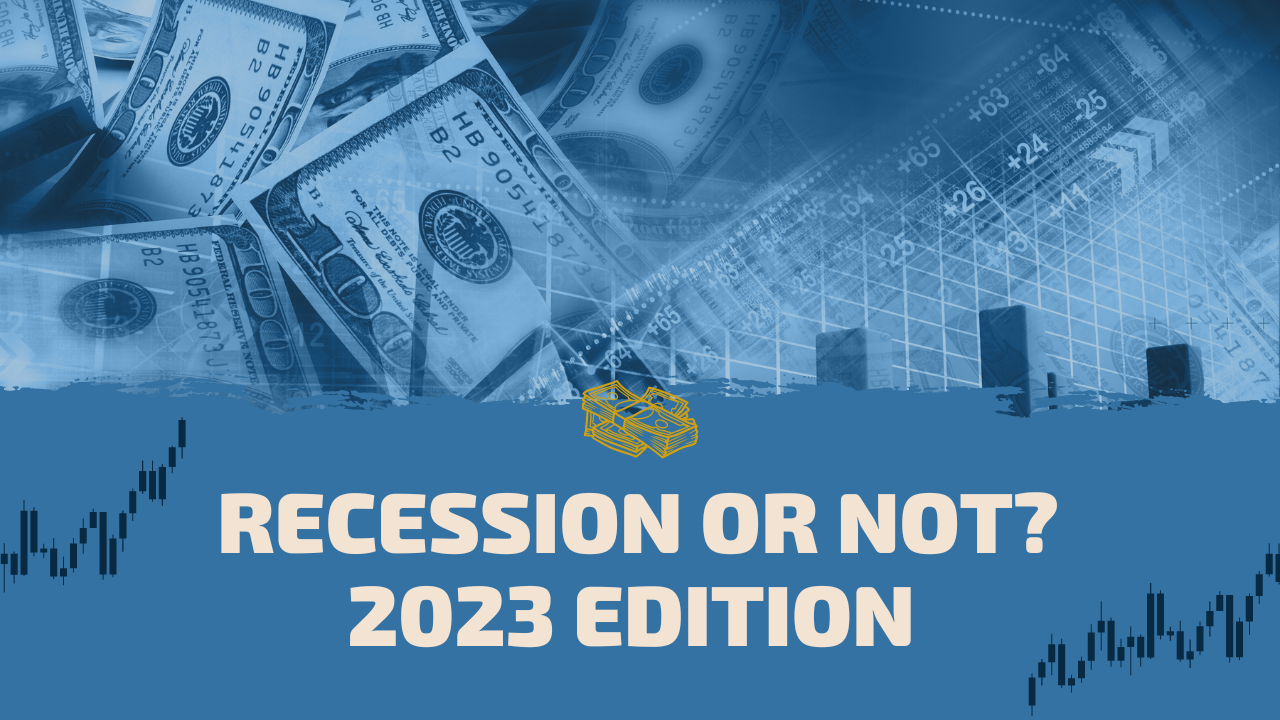Phase II: What Should Investors Expect in 2023

Phase II
2022 was rough for investors. Not just for stock investors, either. Bond investors had it rough as well. We know why…it was because of inflation and the Fed having to step on the gas via interest rate increases to begin the process of reducing sed inflation. We had the easiest financial conditions in years in 2021 (via low rates and lots of money-printing by the government) and 2022 was sort of the hangover. We had to slow the tide and the financial markets didn’t like it. Indigestion the markets experienced in 2022 was the result of all that liquidity (low rates, too many dollars) being taken away. “The punchbowl has been removed” is a term I often hear.
This was Phase I of the Fed’s attempt to rein in inflation. We know Phase I is just about behind us because the Fed is getting closer and closer to being done, or at least dramatically reducing, their interest rate hikes.
Enter Phase II
Bed Bath and Beyond is a perfect example of Phase II. They have been hanging on by a thread for a long time. I think they’re close to finally throwing in the bath towel (pun intended) and will probably file for bankruptcy. The costs associated with them continuing to kick this can down the road probably caught up with them. How? For starters, the business model is terrible. Second, it got too expensive to borrow money to prevent the lifeboat from sinking. There are a lot…I mean a lot of companies like Bed Bath out there that are hanging on by a thread and their saving grace may have been that they could borrow money relatively cheaply. Not anymore.
The rapid increase in interest rates will have a significant impact on every company looking to borrow, which will prevent further capital expenditures, create hiring freezes, layoffs (which are stacking up in the technology industry), and bankruptcies. This is exactly what the Fed wants to see – less demand for goods, people losing their jobs, and finding new ones to eliminate all those open jobs we seem to have.
This all has an impact on financial markets. It creates uncertainty, creating volatility, losing confidence, reducing consumption, and on and on. The question is how much of a slowdown do we see, and when does the Fed feel that things have gotten bad enough to justify a change to policy i.e. lowering rates?
Or when do we officially go into the recession that every single market pundit sees coming in the 2nd or 3rd quarter of this year? What if they’re wrong and the economy remains resilient, and we don’t go into recession when everyone thinks that we will? That could be good for the economy, but not necessarily good for the stock market. The stock market wants to see the Fed ease up and I guess cut interest rates. Newsflash! That’s probably not going to happen for a while! It’s just not.
A resilient economy coupled with a stock market desperate for anything hinting at a Fed inching towards lowering rates is sort of a bad combination, in my opinion. The more resilient the economy, the longer we’re stuck with “higher rates for longer” which will create more collateral damage, more bankruptcies, and more lost jobs. Sort of counterintuitive don’t you think? But that’s where we are. I’ll call Phase II the “Credit Crunch”.
Even worse is if inflation remains sticker than the market expects. That too will create a lot of volatility in financial markets. Inflation is certainly rolling over, but is it rolling over as fast as the markets and Fed wants? We’ll know the answer to that question in six months or so.
To sum this up…
- Expect more stock market volatility for probably the duration of 2023, maybe not the whole year, maybe longer than even this whole year (profound words, huh?)
- Watch inflation. If it keeps rolling over, markets will continue to breathe a sigh of relief
- We need more layoffs (seriously). There are still a lot of job openings and companies need to compete for talent. That’s inflationary.
- We will see more companies struggle to survive this slowdown. “Stay alive ‘til 2025” is a reasonable goal for these folks
- We are still at least a few quarters away from seeing the start of a new bull market in stocks. Maybe even more than a year.
Point 5 above I think is the most important. Especially if the Fed has to hike higher than what the market thinks. Unfortunately, we’re in an environment where cheap money via low rates is what greases the economic wheels. If rates are higher and need to stay higher, that’s going to have a significant negative impact on risk assets.
If inflation continues to roll over, the Fed can ease up on interest rate increases, and could possibly complete a “soft landing” of the economy. In that case, the worst may be behind us. But, we won’t know this outcome until the second half of this year at the earliest.
I hope you all had a wonderful Holiday Season and look forward to seeing or hearing from you during our next meeting.
The opinions voiced in this material are for general information only and are not intended to provide specific advice or recommendations for any individual. All performance referenced is historical and is no guarantee of future results. All indices are unmanaged and may not be invested into directly.
